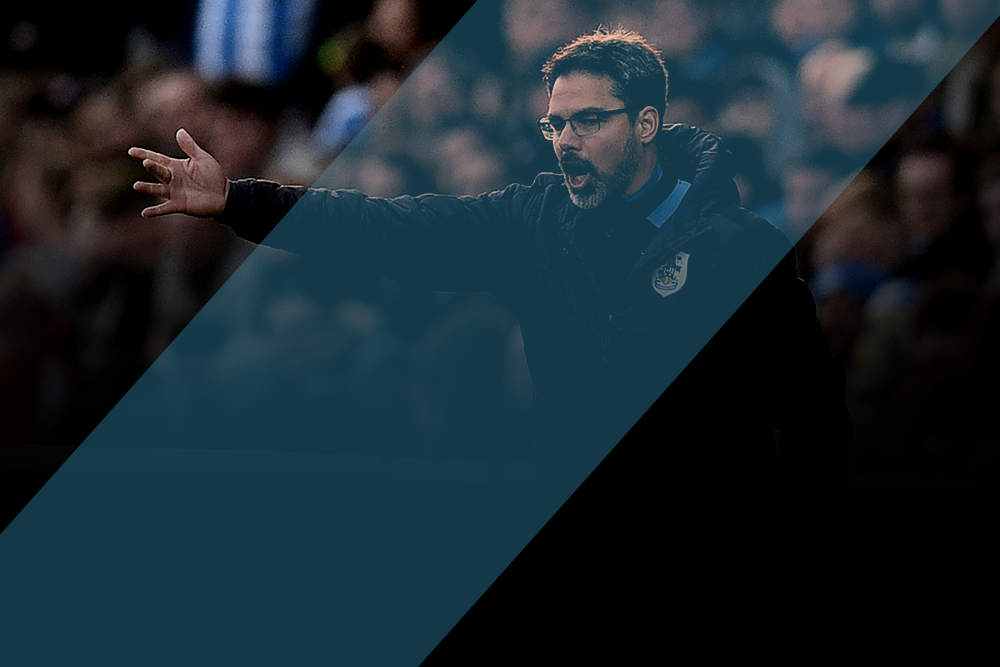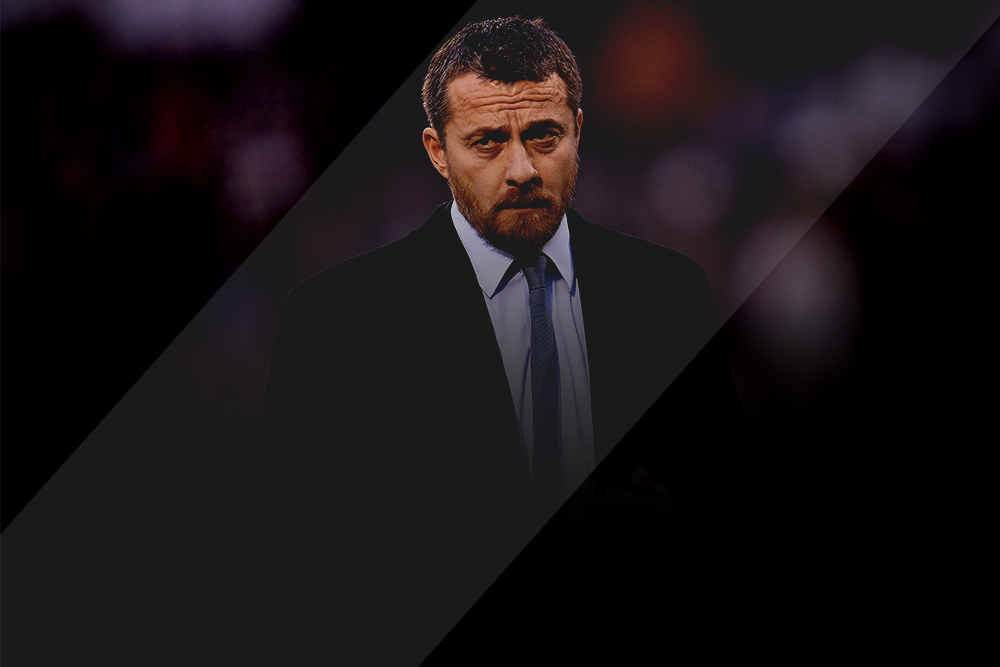The transfer of Ross McCormack to Fulham for an estimated £11 million has increased the attention focused on the lower leagues, in particular the Championship. This article by James Hardwidge will look into whether the increase in global transfer fees really has spread down the football pyramid, and if so, the causes behind it.
The sharp rise in transfer fees in recent years is often primarily attributed to an increase in television rights fees and sponsorship deals. The emergence of broadcasting companies such as BT, who are seeking to compete against the established market leader in Sky, are only contributing further to this increase. The amount of money on offer at present are at the highest they have ever been, and promotion to the Premier League can effectively help finance a club for years. Therefore, the greater the potential reward for promotion, the greater risk some clubs are prepared to take.

Carrying on with the Ross McCormack example, it seems that Fulham see the striker as key to making an instant return to the Premier League. With many high earners including Steve Sidwell and Brede Hangeland offloaded following the expiration of their contracts, and the promise of more than £60m in parachute payments following their relegation, the £11m spent on McCormack no longer seems such a massive sum. Not only was McCormack the leading goal scorer in the Championship last year, he was also made captain of Leeds United mid-season and with Fulham losing key figures as mentioned above, McCormack will bring desirable leadership qualities to the club. The fee could be money well spent, if he helps fire them back to the Premier League.
The transfer of McCormack may have another important effect on the lower league transfer market however, and that is the idea of ‘benchmarking’. Undoubtedly a gifted player, McCormack, and other recent transfers such as Ulloa to Leicester may now be used by other Championship teams as a measure of the current market. Statistical analysis can be used by clubs to attempt to increase the fees received for their players. A hypothetical example of this is the current situation regarding Troy Deeney. With a host of Premiership and Championship clubs rumoured to be interested in the Watford front man, with bids of up to £7.5m reported to have been rejected, the Watford negotiation team may point to the fact that Deeney is younger than McCormack, qualifies as home grown and has scored 45 goals compared to McCormacks’ 37 over the past two seasons as reasons as to why he is worth as much, if not more than the Scotsman.
Statistical analysis and comparison can be key to negotiations, and one high transfer fee can have a sequential effect, particularly with details of deals often becoming public knowledge. Even with many transfer deals labelled as ‘undisclosed’, clubs will often have links to transfer details whether it be through club officials or agents. Speaking hypothetically again, if Troy Deeney were to depart Watford for a price similar to that of McCormack or Ulloa and the club seek to replace him with one of the top scorers in the lower leagues such as Sam Baldock or Nouha Dicko, the clubs involved would seek to capitalise on the fact that Watford have just received near enough £10m and require a new striker, therefore driving the price up.
The usual market forces of supply and demand are in operation in the football transfer market and for many of the world’s biggest clubs, the global awareness and potential marketing opportunities of new signings is a key consideration. With football now operating in a global marketplace, marketing appeal and other business considerations will come into the decision making process of clubs looking to strengthen. Following James Rodriguez’ move to Real Madrid, it is reported that the club sold approximately £20m worth of replica shirts within 48 hours of the deal being completed. Madrid often insert complicated marketing clauses in to player contracts and are probably the most effective club at capitalising on the reputation of their star men. The globalisation of football has undoubtedly contributed to the rise in player prices and only a decade ago the price of elite players was approximately £20-30m, for example the transfer of Rio Ferdinand to Manchester United. The fact that nowadays top players will transfer for anything between £30m-£60m and elite players upwards of those figures, show the growth in the top end of the market. Combining the aforementioned points about perception and money in the game, and it is clear that the rising fees of top end players will filter through to the lower leagues.
Having seen the rise in top end transfer fees, it is interesting to note whether this had affected the price of Championship goal scorers. The graph below shows the average price of Championship goal scorers from each of the last ten seasons, calculated by adding the reported fees (including add-ons) of any of the top ten Championship goal scorers sold during the season, and then dividing by the quantity of transfers. Although the data is not completely accurate as the exact value of some deals is difficult to uncover and often the top goal scorers belong to the promoted teams and therefore very rarely leave immediately after promotion, it does provide an overview of the subject. Despite an early growth from 2003/04-2005/06, the prices remain fairly stable over the decade, with the exception of the 2013/14 season. The McCormack transfer raises the figure dramatically, but with the possible sale of Troy Deeney and the likes of Jordan Rhodes likely to cost a similar fee if sold, it does appear to show a recent increase in value. 2012/13 appears to be artificially low, with many of the top ten scorers being on loan, including Vydra, Wood and Vaughan. Wood and Vaughan were signed mid-season by Leicester and Huddersfield respectively, and we often see the price of players moving from the Premier League to the Championship reflect the fact that they struggled to make an impact at the top level. Even so, had Tom Ince completed his £8m move to Cardiff following their accepted bid, the average would rise dramatically, pointing even more towards an increasing trend.

Source: Football League
Possible explanations for the higher fees in recent years include the idea that the quality of the Championship and lower league pyramid is improving. The Championship is one of the most watched leagues in Europe, and many of the top players in the league are now full internationals. Vokes, McCormack, and Rhodes are just a few names who have represented their countries at the highest level. The 23 man England World Cup squad had players who at some point had been on the books of a lower league club. Southampton and Norwich have initially survived in the Premiership having used the same core of players that helped them gain promotion, and individuals such as Adam Lallana, Rickie Lambert and Grant Holt have thrived. Shane Long and Jay Rodriguez are examples of recent transfers that have impressed in the top tier, and it seems like the quality of Championship players is greater than previously.
Whether the improved financial situation of some clubs has also had an effect is debatable. For example, Watford sold the Championship top scorer Danny Graham for £3.5m to Swansea in 2011 whereas they are now rejecting bids of more than double that for Deeney, and there are other clubs who are in a much better financial condition than previously. Regardless, it seems like the changes at the top of the game are beginning to trickle down into the lower leagues and the fees paid this year could be an indication of how this trend may continue. Whilst time will tell whether Ross McCormack is an effective signing for Fulham, it is possible to begin to understand their thinking, and do not be surprised if further transfers involving lower league players occur in the future for a similar price.
What are you thoughts on this topic? Do you see transfer prices in the lower leagues increasing? Could this have an adverse financial effect on clubs looking to keep up?
- Changing Transfer Fees and the Price of Championship Goal Scorers - August 2, 2014
- The Pozzos at Watford: One year on - December 13, 2013
























































